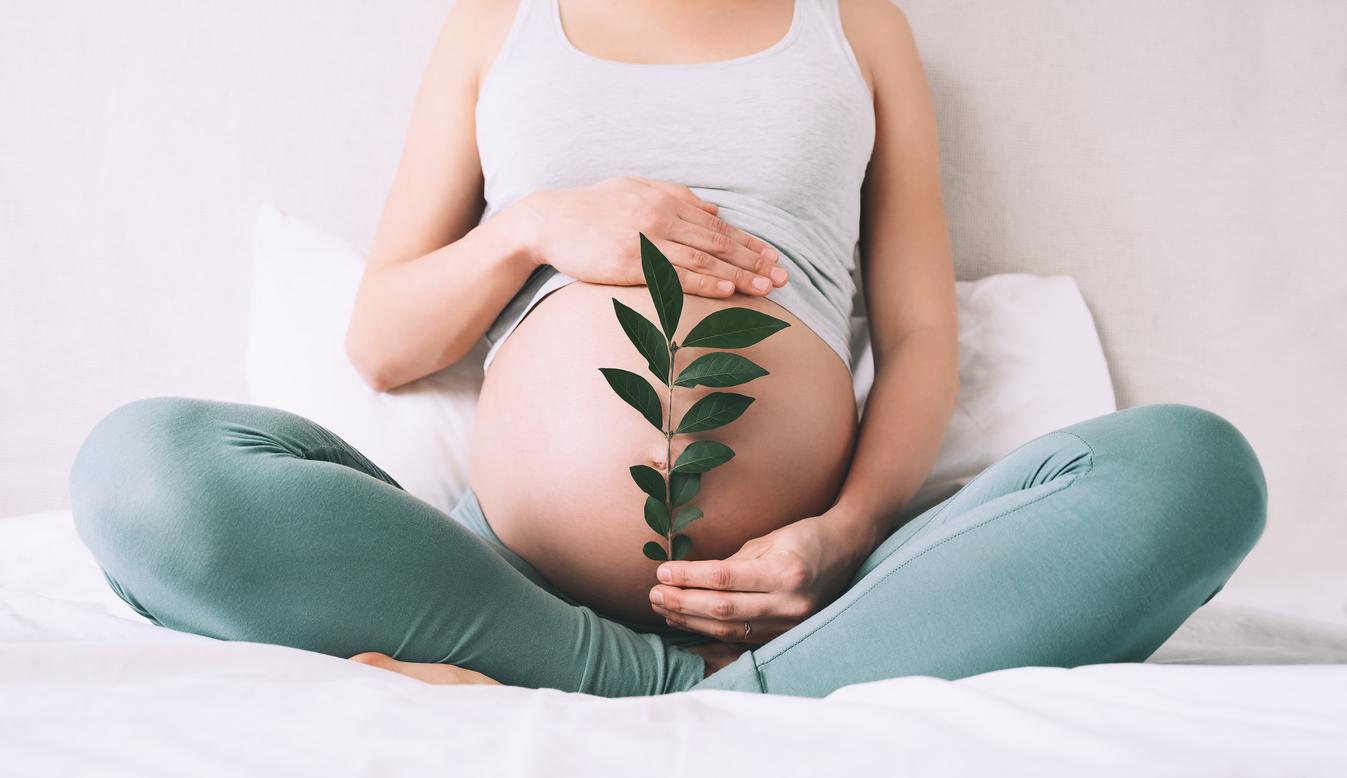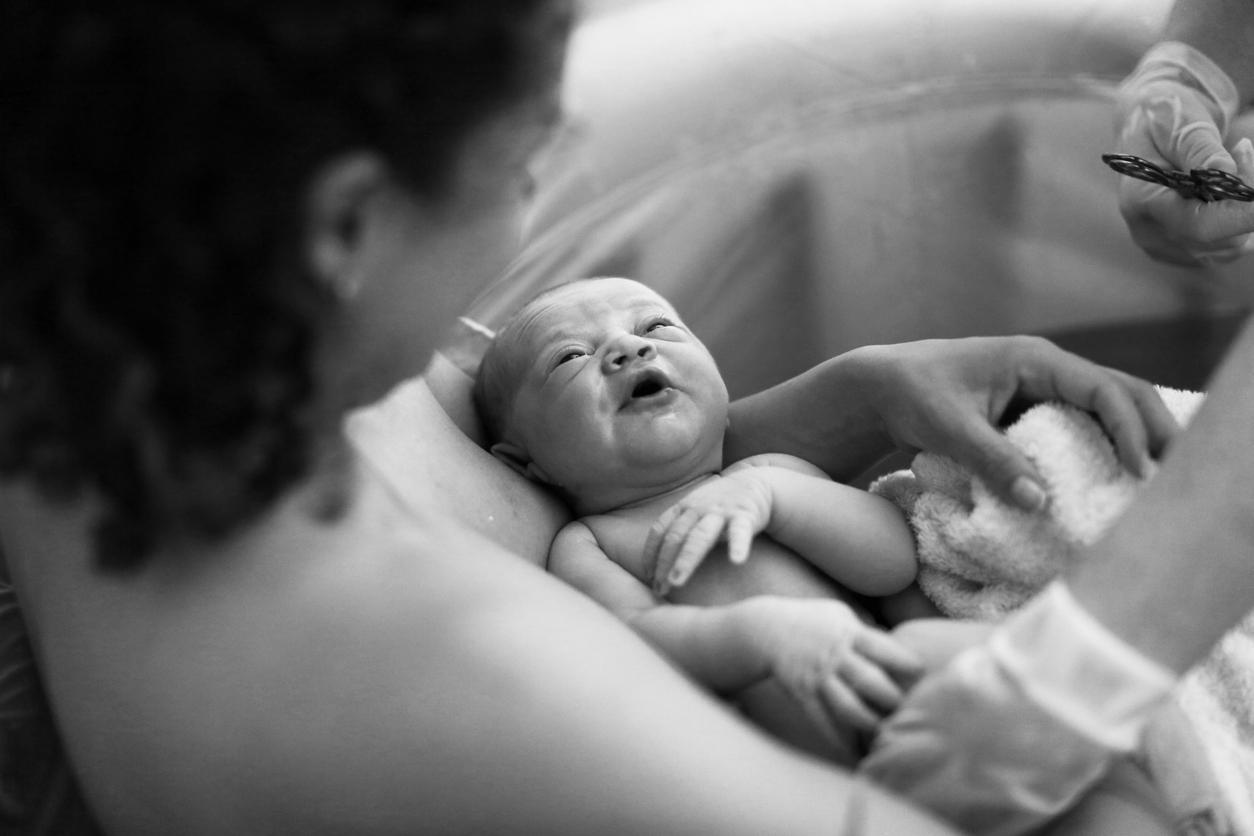To reduce the caesarean rate, medical teams and midwives must be trained to try vaginal delivery after a first caesarean. A lot of teams don’t even consider it.

Despite the belief that women who give birth by caesarean once will always need to have a caesarean afterwards, attempting a vaginal birth after a caesarean is safe for many new mothers if they have no contraindications.
However, according to the Yale University researchers, hospitals and obstetrical teams do not routinely advise this possibility or do not apply it correctly. This is a loss of opportunity for young mothers. This study is published in the American Journal of Obstetrics and Gynecology.
C-section abuse
“Today, more than 30% of births in the United States are by caesarean section,” said Xiao Xu, lead author of the study and associate professor of obstetrics, gynecology and reproductive sciences at Yale School of Medicine. . “This high rate of caesarean delivery affects not only the birth concerned, but also future pregnancies, as the maternal risks of complications occurring increase progressively with each additional caesarean section.
The trial, under appropriate conditions, of an attempted vaginal birth after caesarean could therefore play an important role in reducing risk and improving reproductive health among young American women.
12% vaginal delivery
Examining data from discharge records from a California hospital and corresponding birth certificates, from 2010 to 2012, the researchers found that only 12.5% of mothers who had a caesarean delivery were able to deliver vaginally. vaginal.
However, among hospitals, the implementation of an attempted vaginal birth after cesarean section and its success varied considerably, with however a median of 30.0% and 30.2%, respectively. The team then observed that too little or too much use of an attempted vaginal birth after caesarean section was associated with very different success rates between hospitals.
Team training
It appears in this study that the training of the teams is a key factor: the rural hospitals and with low volume of delivery tended to set up less the attempts of vaginal delivery after a cesarean section. However, some hospitals have had vaginal birth rates above 60% when they have implemented attempted vaginal birth after C-section procedures.
In hospitals that have the least recourse to it, optimizing the training of medical teams and midwives in attempted vaginal birth after caesarean section can therefore be an effective way to reduce repeated caesarean sections and the maternal complications associated with them. associated.
.















